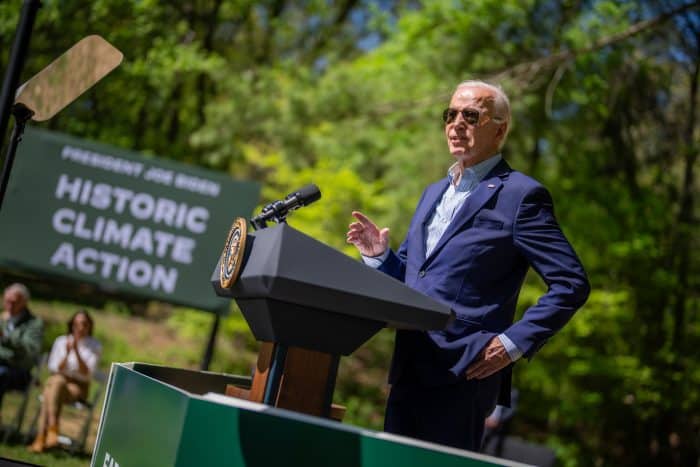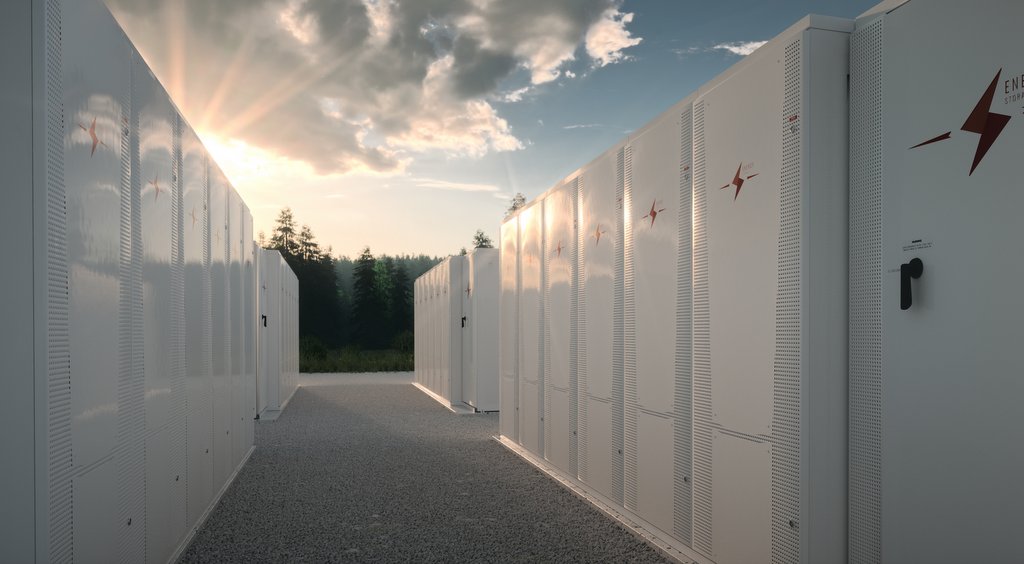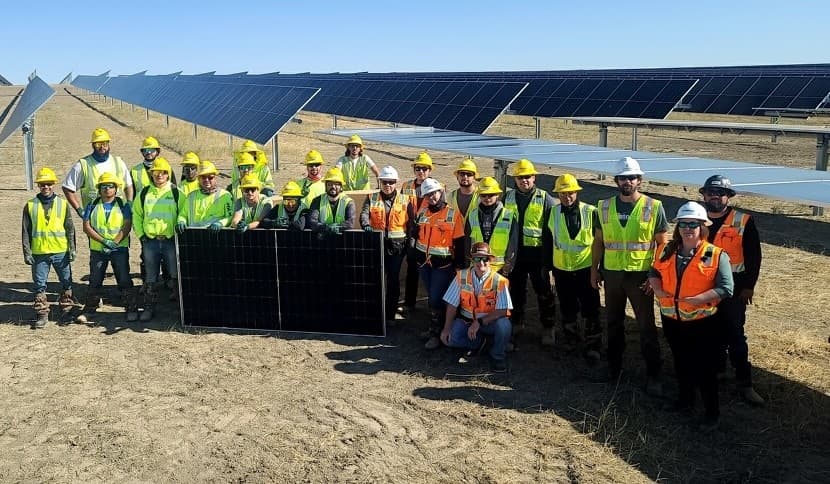President Biden raises quota on tariff-free solar cell imports

On Monday, President Biden raised the Section 201 tariff-rate quota (TRQ) on solar cell imports: an increase to 12.5 GW of duty-free cells allowed, up from 5 GW. Imported solar cells currently carry a 14.25% tariff (the tariff rate declines 0.25 percent per year).
Solar tariffs continue to zig and zag to influence the supply and demand of U.S. solar modules (and cells). Solar module manufacturing capacity in the United States is ramping up, but U.S. solar cell supply is still lagging behind. Solar cells still need to be imported for many U.S. module assembly plants.
“This move provides an important bridge for module producers to access the supply they need while the United States continues to progress on solar cell manufacturing,” stated Abigail Ross Hopper, president and CEO of the Solar Energy Industries Association (SEIA). “This decision will help create a strong, stable module manufacturing sector that can sustain robust cell production in the long run. The President’s recent actions are critical for maximizing the impact of these policies and ensuring the long-term success of American solar manufacturing.”
This TRQ increase relates to the Section 201 tariff originally imposed by the Trump Administration. The Biden Administration has tweaked the Section 201 tariffs several times, and in several directions. The TRQ was bumped from 2.5 GW to 5 GW, and now to 12.5 GW.
The Biden Administration is not against imposing tariffs, though, especially on solar modules. Imported solar panels also fall under Section 201 and are tariffed at 14.25%. No quota. Bifacial panels were exempt for two years, which in turn led to a big increase in bifacial solar panels in the market. The Biden Administration ended the bifacial exemption in May 2024.
Do not confuse the Section 201 tariffs with the anti-dumping and counter-vailing duties (AD/CVD) imposed on China-origin modules and cells, which are potentially expanding to include countries in Southeast Asia.
Recent U.S. solar cell news
Solar cell manufacturing is planned for New Mexico, according to NM Governor Michelle Lujan Grisham and Ebon Solar. The two sides jointly announced an estimated $942 million investment in solar cell manufacturing last week. The 834,000-square-foot solar cell manufacturing facility is planned for Albuquerque’s Mesa del Sol industrial development area, and should create 900 new jobs.
Heliene and Premier Energies, India’s 2nd largest solar cell manufacturing company, have announced their joint plan for a U.S. based joint venture to create a solar cell manufacturing facility in the U.S. Under the terms of a recently-executed agreement, the new facility will produce an annual aggregate capacity of 1 GW n-type cells to supply Heliene’s U.S. cell requirement as well as Premier’s.
Vietnam-based solar PV module manufacturer Boviet Solar Technology Co. is investing $294 million to open its first U.S-based solar module plant. Planned for Greenville, North Carolina, the solar module manufacturing facility will get up and running in two phases: phase 1 will produce modules, and phase two will produce solar cells.
What developers are saying about AD/CVD impacts
These insights (and more) are being published in our Q3 issue. Read more here.
Carl Newton, VP of Strategic Operations, DSD Renewables: “The new tariffs add the threat of volatility to module price and supply, which could be counter to the task of building out our domestic supply chain. That said, proper planning can mitigate that risk of volatility. While this may be a temporary headwind, the momentum of renewables is still very favorable.”
Adam Bernardi, Director of EPC Sales & Strategy for Renewables at Burns & McDonnell: “By now, the solar industry is used to tariffs and the ups and downs of riding the solar coaster. The bifacial tariffs have been largely inconsequential. However, sourcing domestic products might become more and more challenging. The IRA has done a great job of spurring more domestic manufacturing. However, it takes time to build these facilities and ramp up production, which could put a cap on how much solar we’re able to install over the next few years. We expect to see developers explore the concept of blending modules on the same solar site in order to reduce the number of modules they would have to pay premium tariff prices on, but still get the MWs they need and can procure.”





Comments are closed here.